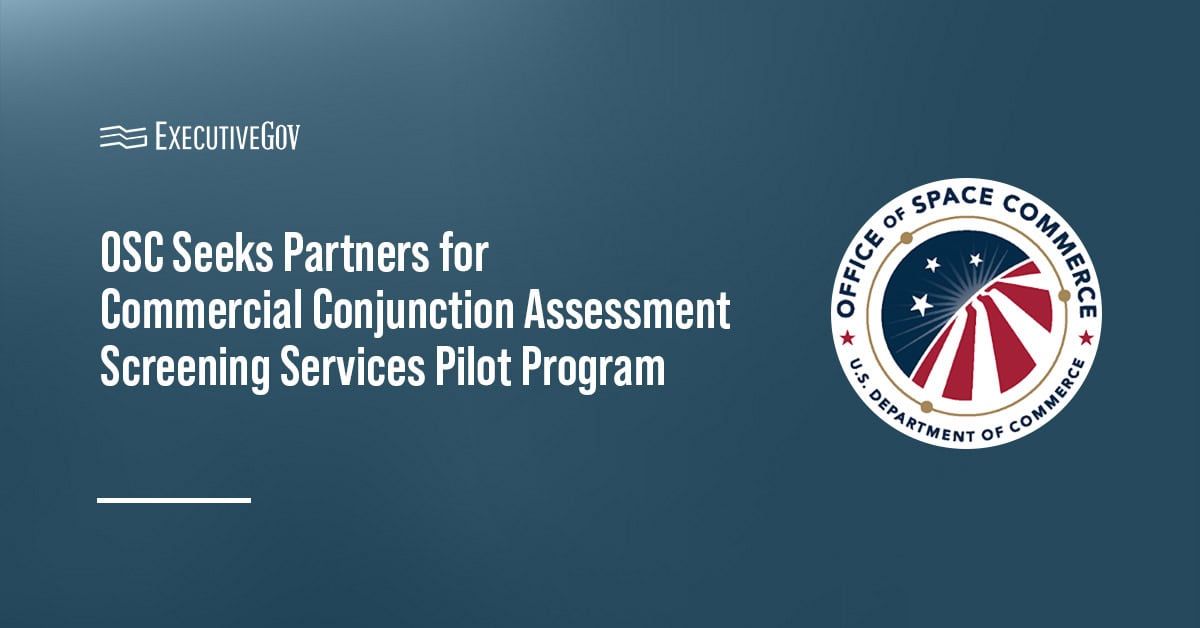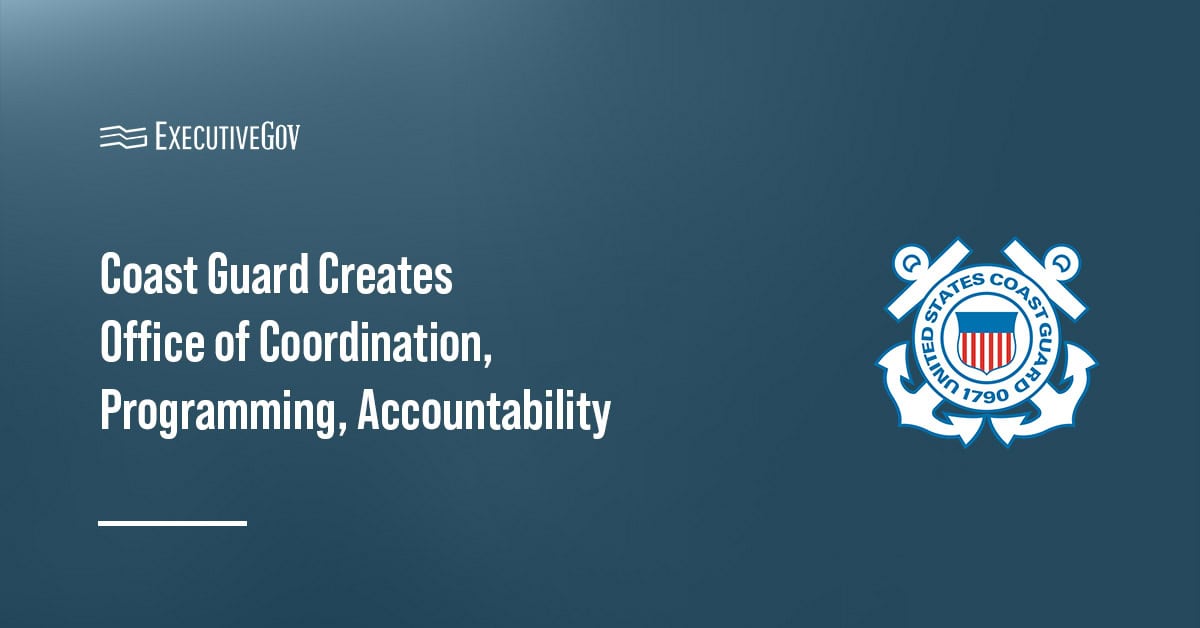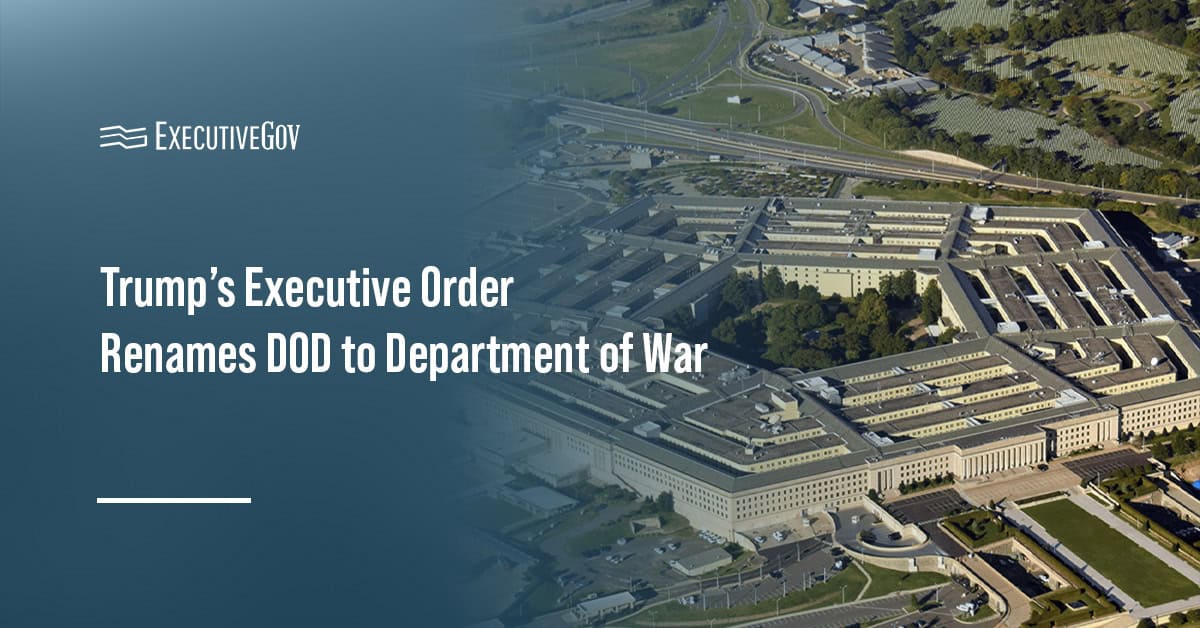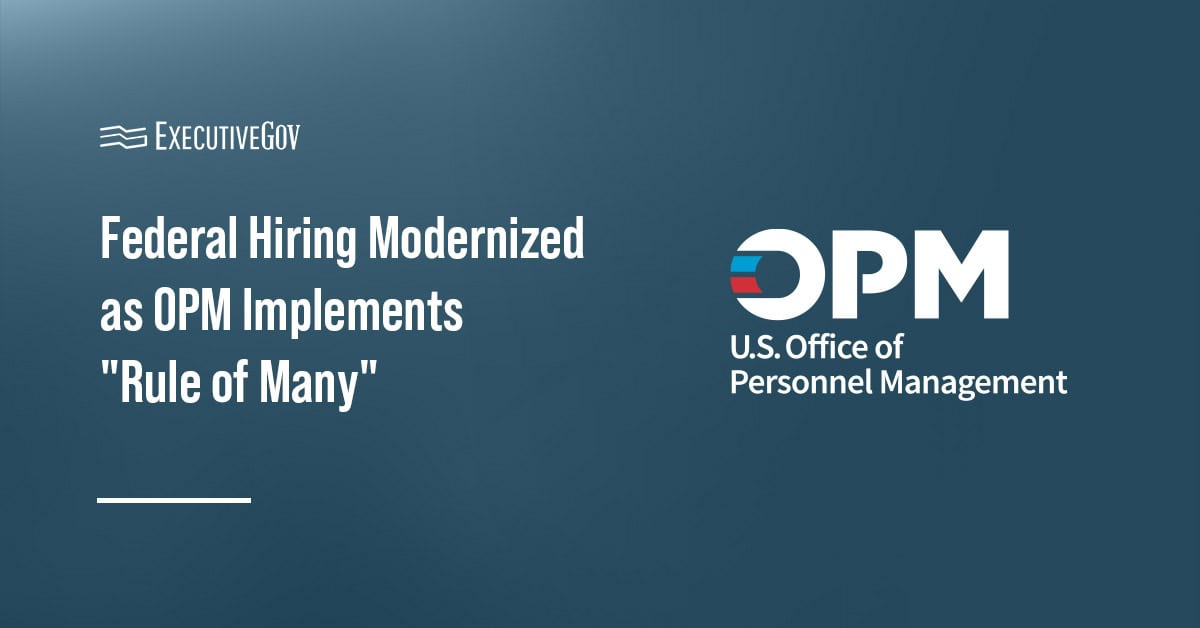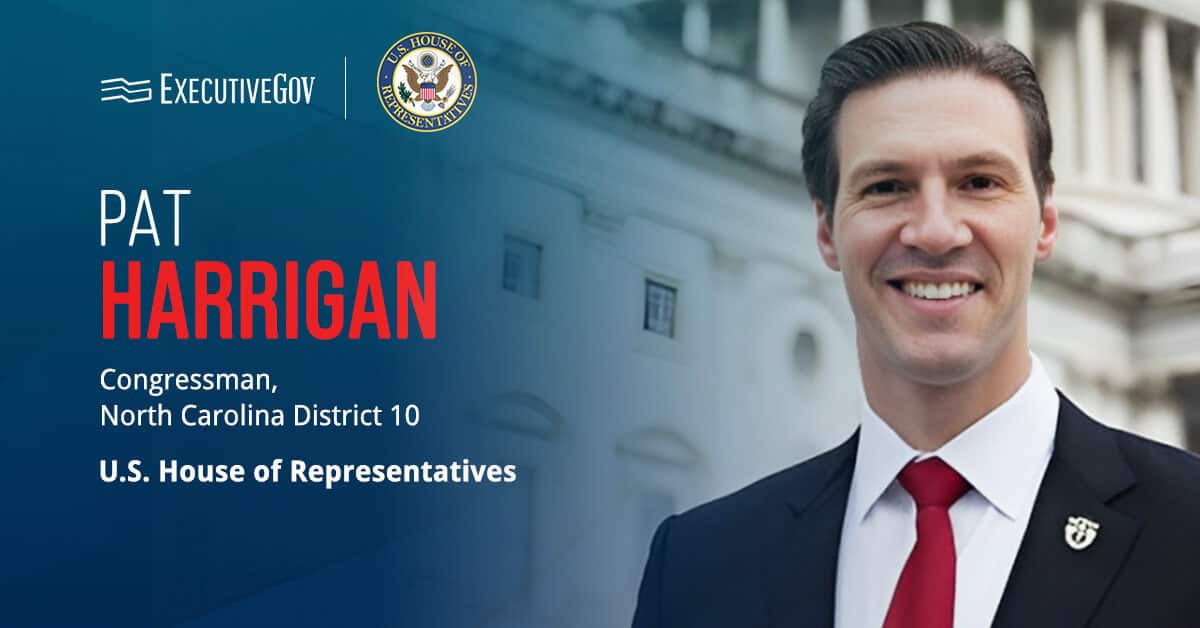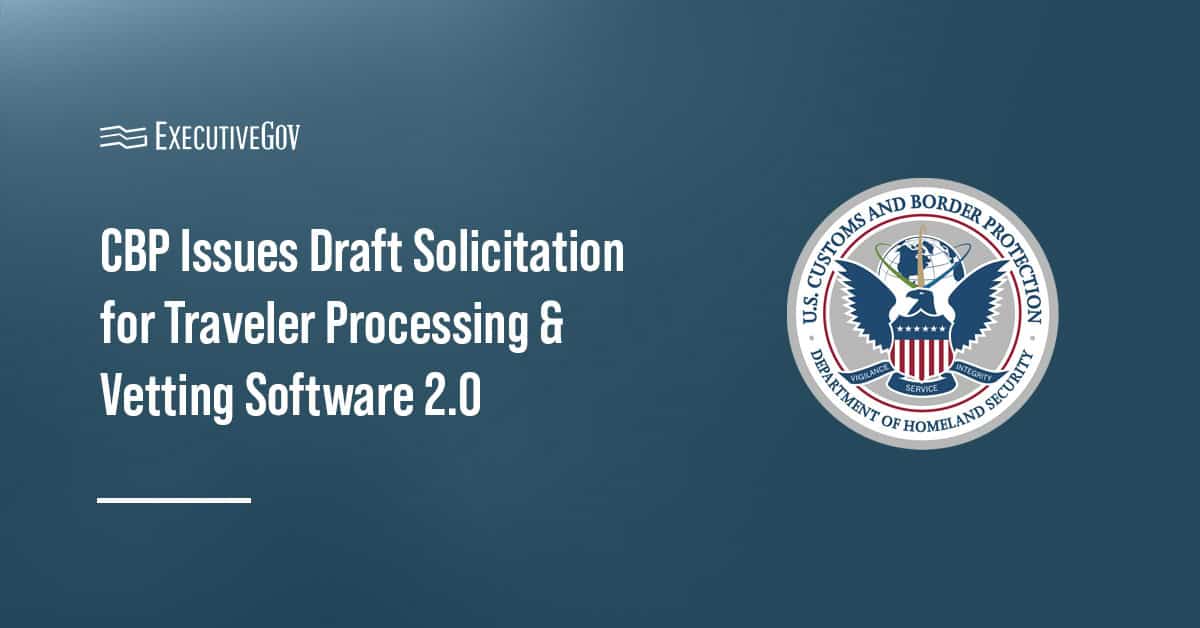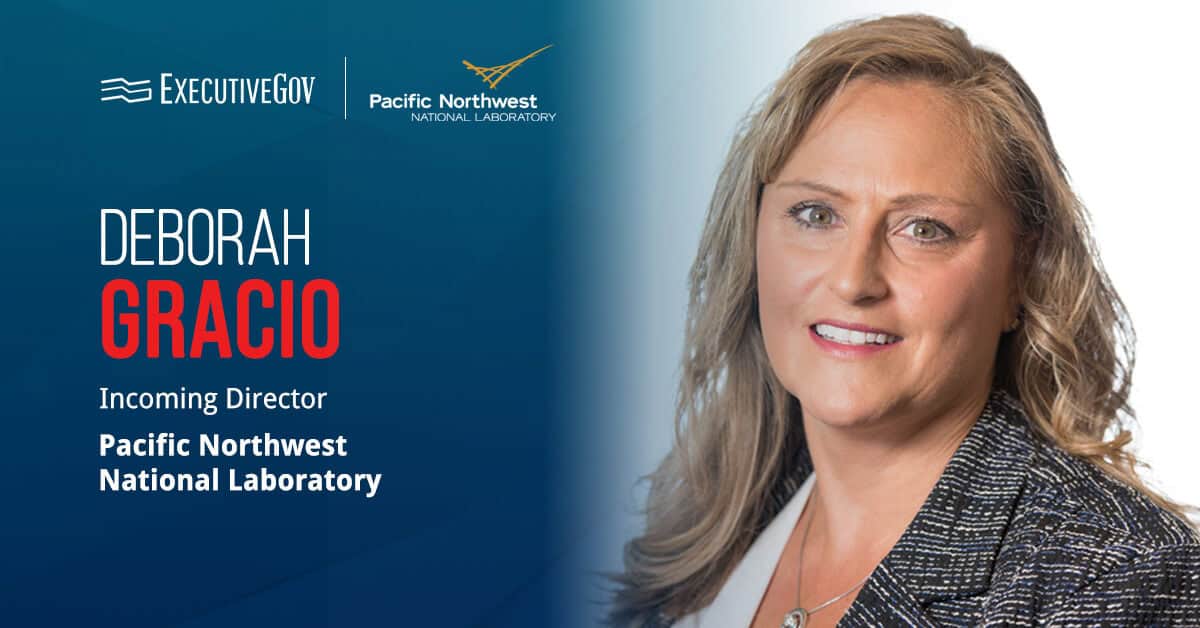The Office of Space Commerce has announced a new round of solicitations for the General Services Administration’s Global Data Marketplace for the Commercial Conjunction Assessment Screening Services, or CASS, pilot program.
Table of Contents
Enhancing Space Safety
OSC said Monday the initiative, part of the Traffic Coordination System for Space, or TraCSS, marks the initial move toward boosting the quality of conjunction analysis, a critical space safety process involving enhancing space situational awareness. The solicitations aim to leverage commercial CASS capabilities to enhance space traffic coordination. This key directive was assigned to the Department of Commerce from Space Policy Directive-3.
Dual Solicitations
The first solicitation aims to identify potential contractors who can support the evaluation and enhancement of the CASS program. Up to five CASS providers will be selected to supply data to determine services for possible integration into the TraCSS operational system.
The second solicitation seeks a vendor who will function as the CASS data quality monitor. The selected contractor will oversee the data flow and conduct an independent assessment of the CASS providers’ products.


